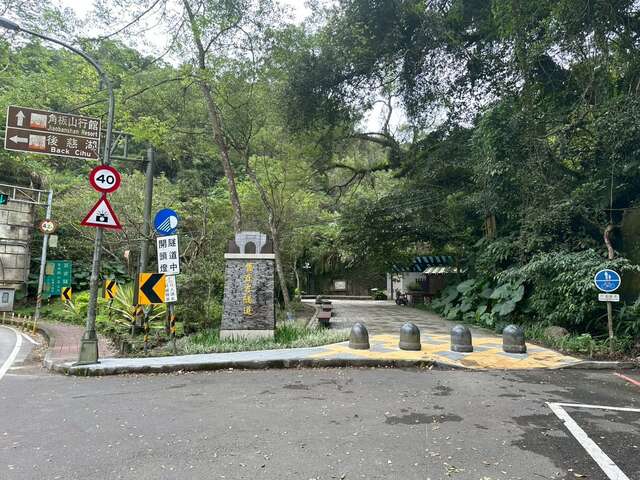Old Beigang Tunnel Introduction
The Daxi Old Baiji Tunnel has been renovated and will be open to the public on November 2, 2025. Detailed information can be found at the link https://www.scenic.tycg.gov.tw/News_Content.aspx?n=9476&s=1591510. Baiji Tunnel: A Dual-Track Memory Through Time Are you ready to head to Baiji Tunnel? First, you need to clarify whether you're going to the "New Tunnel" or the "Old Tunnel"! On Taiwan's Provincial Highway 7, which connects Cihu and Fuxing, both tunnels currently coexist—the New Baiji Tunnel serves as a two-way vehicle passage, while the Old Tunnel has been transformed into a recreational trail. These two tunnels have quietly witnessed over half a century of historical changes. To understand the origins of Baiji Tunnel, we must return to the strategic past of the Baiji area. Formerly known as "Bajie," Baiji was once the essential route from Daxi to Jiao Ban Mountain. In 1944, the Japanese excavated a tunnel here with pedestrian, air defense, and evacuation functions, also serving as a strategic point for Jiao Ban Mountain. After being interrupted by landslides, it wasn't until 1965 that the tunnel was repaired and reopened, which is known today as the Old Baiji Tunnel. The tunnel is approximately 343 meters long and 4.5 meters wide, with the southern entrance still bearing the inscription "Baiji Tunnel, Northern Section Cross-Highway" by the then Chairman of the Provincial Government, Huang Jie. The old tunnel originally supported one-lane traffic, and the sight of military police directing traffic at the tunnel entrance remains an unforgettable memory for many locals. By 1993, when the New Baiji Tunnel was completed and opened to traffic, the transportation mission of the old tunnel officially came to an end. In 2007, the old tunnel was transformed again, becoming a tourist walking path. Visitors can see remnants of the light rail from the Japanese colonial period and displays of "Taiwan carts (hand-pushed carts)" within the tunnel. These small carts, used for transporting people and goods by human power, have now become nostalgic photo spots. The old tunnel also connects to the Governor’s Office Trail and the Baiji Forest Trail, becoming a hidden gem along the Northern Cross-Island Route. A New Chapter Combining Ecology and History After two closures and transformations, the Old Baiji Tunnel completed a six-month optimization renovation in October 2025 and has officially reopened. This upgrade centers on the core concept of "sustainable tourism," balancing historical memory and ecological conservation, creating Taiwan's first tunnel with an ecological observation pond. Besides comprehensively updating the display content, the surrounding habitat area has been expanded to maintain the cleanliness and flow of spring water, fostering a diverse biological habitat. The interior lighting of the tunnel uses low color temperature and amber-colored light sources, with moderate lighting turned off at night to maintain the natural day-night rhythm, providing a friendly space for wildlife. After restoration, stable habitats have been observed for Taiwanese species such as Swinhoe's Frog, Liu's Stream Crab, and Taiwan Rice Shrimp, making it an excellent venue for nature observation and ecological education. Today's Old Baiji Tunnel is not just a time tunnel to the past; it also serves as a new starting point connecting nature, culture, and sustainable tourism.

































